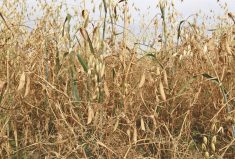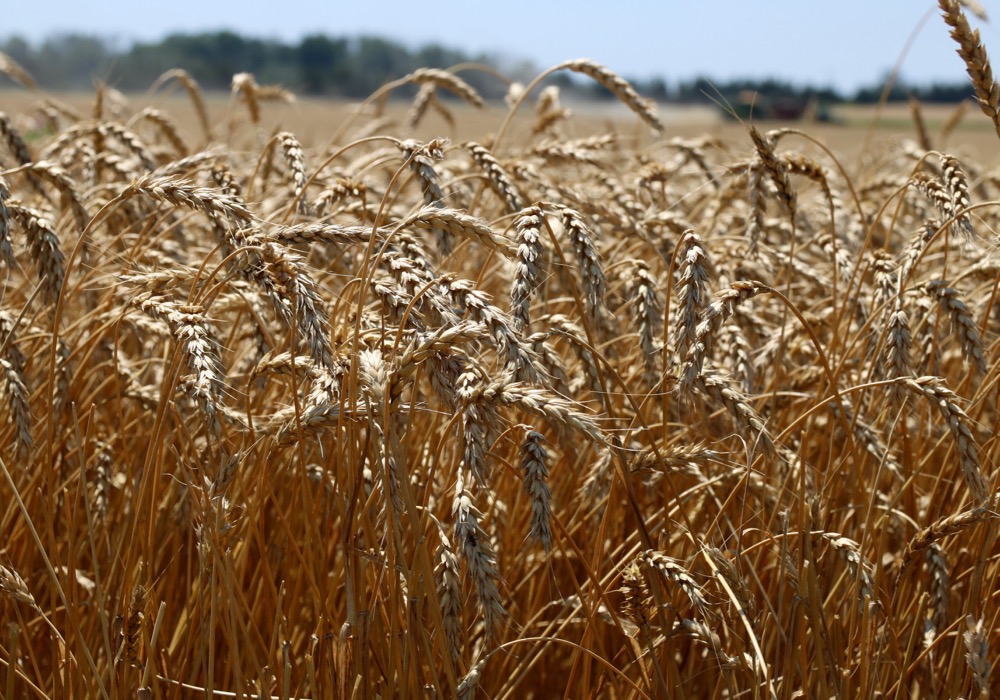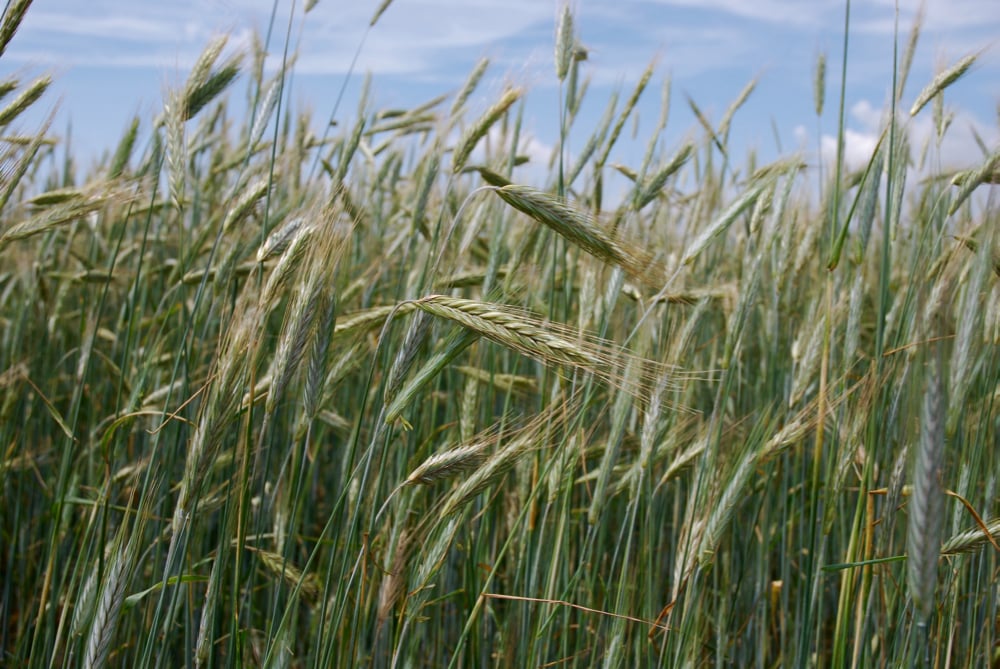No one is taking anything away from “The Big Three.” Clearly, nitrogen, phosphorus and potassium (N, P and K) have a direct and powerful influence on yield, and must be managed with great skill.
Increasingly, though, we’re learning that secondary nutrients and micronutrients are also worth paying attention to.
In 2016, for instance, agronomists began raising awareness about sulphur levels that were dropping in Ontario and across much of Quebec. Environmental programs that have cut acid rain mean growers are no longer seeing the unintended deposition of sulphur that came from the wide-scale pollution of the past 50 years.
Read Also

Agronomists share tips for evaluating new crop products and tech: Pt. 3
With new products, new production practices and new technology converging on the agriculture industry at a frenetic pace in recent…
In the face of cleaner air, the agronomic recommendation from retailers, extension personnel and advisers was to increase sulphur applications.
But why is the spotlight now on magnesium?
It’s hard to overstate magnesium’s importance. A 2010 issue of Better Crops (published by the International Plant Nutrient Institute (IPNI)) lists eight crucial metabolic processes affected by magnesium. They include: photophosphorylation, photosynthetic carbon dioxide fixation, protein synthesis, chlorophyll formation, phloem loading, partitioning and utilization of photo-assimilates, generation of reactive oxygen species and photo-oxidation in leaf tissues.
Out of sight…
To Jack Legg, branch manager and agronomist with SGS Agriculture and Food in Guelph, there are a number of reasons why magnesium (Mg) could be overlooked as the “forgotten nutrient.” For one, many soils in Ontario and across Eastern Canada are naturally calcareous (i.e. high in calcium carbonate or “chalky”), originating from limestone parent rock material. Others are of dolostone parent material — with both Mg and calcium (Ca) carbonates as opposed to just Ca in limestone. The effect is that most soils — particularly those in the Niagara region — are naturally high in magnesium, as well as high in pH. And where pH levels are higher, Ca and Mg tend to be high as well.
Magnesium, however, can be an issue in soils that are naturally sandy or coarser-textured and which lack the clay that contains magnesium in the mineral form and that are faster draining. In regions where soils tend to be sandier — for instance, where potatoes are grown — levels for Mg tend to be lower, which is seldom addressed with dolomitic lime, since potatoes grow better in lower pH soils.

Dealing with such soils takes a change in mindset. “I think it’s fair to say that Mg isn’t the first thing growers look for on their soil test,” says Legg.
The good news is that it doesn’t take a lot of Mg to raise soil levels, he adds. “The maximum recommended rate is usually no more than 40 lbs. per acre.”
But there’s another concern. Legg says growers are more likely to get caught by overlooking their K:Mg ratio when applying their potassium. Even if soil Mg levels are adequate, high levels of K (and high applications of K2O) can interfere with plant uptake of Mg, and induce a deficiency.
The K:Mg ratio is ideal at 0.5, and K-induced magnesium deficiency can show symptoms at 1.0 and be problematic when greater than 2.0. In other words, notes Legg, if K is greater than Mg, then magnesium deficiency can be an issue.
As if that’s not enough, most if not all Ontario crops are susceptible to Mg deficiency. The only thing that keeps it from becoming a more prominent challenge is our variability of texture and clay content.
Another issue for growers to be aware of has to do with fertility management recommendations made on the basis of per cent base saturation. Closely related to cation-exchange capacity, base saturation is the fraction of exchangeable cations (positively charged ions) that are base (as opposed to acid) in their makeup. Calcium, magnesium, potassium and sodium are base cations.
There’s little evidence that such recommendations are effective for Ontario soils, says Legg. Current ministry recommendations suggest the use of soil test values instead.
“The recommendation of potassium based on increasing K’s percentage tends to cause K:Mg imbalance, thus inducing Mg deficiency,” adds Legg, who’s also chair of the Ontario Soil Management Research and Services Committee. “It also favours a prescription for K even though a soil may be unresponsive to added K. Ironically this leads some to apply more Mg to combat this, which is somewhat self-induced in the first place.”
Other factors
Even with such proven links between Mg and soil types and increased environmental awareness, other yield-limiting factors are likely to be more important for more growers than concerns surrounding magnesium levels.
Jake Munroe, field crops soil fertility specialist with the Ontario Ministry of Agriculture, Food and Rural Affairs (OMAFRA), cites declining soil organic matter, shorter rotations (with the resulting negative impact on soil health) and compaction due to larger equipment as greater worries.
“Dropping soil test P and K levels and soil degradation (e.g. soils that don’t infiltrate water well or hold it well) are also issues,” adds Munroe. “I’d place these well above magnesium in importance. That said, it is useful to consider specific situations in which magnesium may be a limiting nutrient.”
Munroe echoes the notion that it is difficult to fund fertility trials, especially with secondary nutrients such as calcium and magnesium, and that without more test results, it can be difficult to define the benefit of soil magnesium managment.
“Magnesium plays some very important roles in crops,” Munroe says. “I’m sure there’s room to improve our understanding of how to manage it.”
















